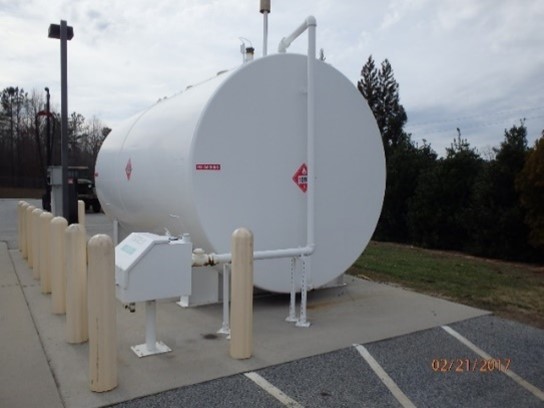Hurricane Season in the Atlantic Ocean began on June 1st and ends on November 30th. Hurricanes and Tropical Storms have the potential to wreak havoc on everything in their paths and therefore preparation in advance for these catastrophic storms is vital. It is extremely important to follow all safety precautions issued by your local authorities. With current technology and forecasting abilities, warnings and potential impact areas have become much more accurate. Now is the time to prepare and review your storm preparation plan.

When creating your storm preparation plan, take into consideration the following:
- Properly store all paper files (high above the ground and away from windows, or in a secure location).
- Take photographs and/or videos of important documentation, equipment, office areas, storage areas, etc.
- Back up all digital files onto cloud-based software.
- Establish a reliable line of communication between employees and coworkers.
- Move vehicles to higher ground if possible.
- Inspect and clean stormwater inlets.
Another major concern with these storms are chemical storage areas, such as above and underground storage tanks. During a hurricane, these tanks can easily be damaged or liberated, resulting in releases of hazardous fluids or gases.
Before a hurricane or tropical storm use these tips to assess your storage tank facilities to reduce the chance of an accident:
Aboveground storage tank facilities:
- Drain or remove fluids and debris from secondary containment structures. Check for product and/or sheens on water inside secondary containment structures, and properly log the event.
- Check anchors and supports on aboveground tanks.
- Take a product inventory noting the volume of product and water (if present) in the tanks.
- If possible, make sure the tanks contain sufficient product to prevent them from floating. Ideally, the product level in the tanks should be 3-5 feet higher than the anticipated flood level.
- Close discharge valves.
- Shut off electrical power to the tank, pumps, and dispensers.
- Make sure hatches, fill ports, etc. are secured.
- Move empty tank trailers out of flood prone areas.

Underground storage tank facilities:
- Take a product inventory and water level reading on all USTs.
- If possible, fill the tanks so that they do not float out of the ground.
- Secure all tank openings (fill ports, vents, ATG ports, etc.)
- Check the operation of the spill bucket plungers.
- Shut off electrical power to tanks, pumps, and dispensers.

Other Containers:
- Secure drums and portable tanks.
- Remove and secure exterior containers (such as trash cans), they can become projectiles.
- Move larger containers away from ditches, streams, etc.
- Plastic totes and/or tanks should be secured in place or moved to a secure location.

Stay tuned for Part II!
Highlands Environmental Solutions, Inc. is available to assist with storm preparation and general environmental compliance. We are ready to respond should an environmental incident occur. Contact us at 1-855-437-3278.

